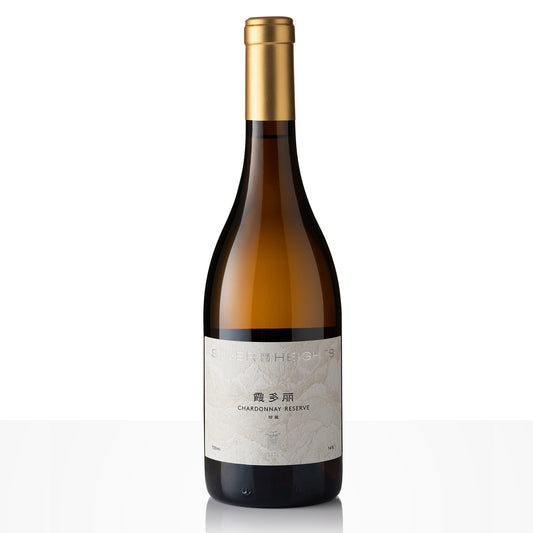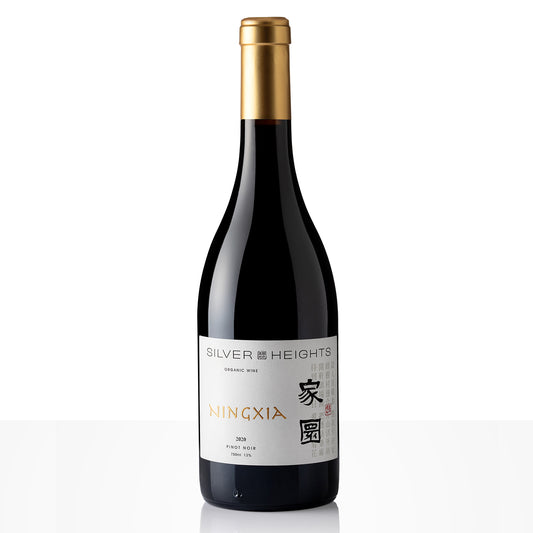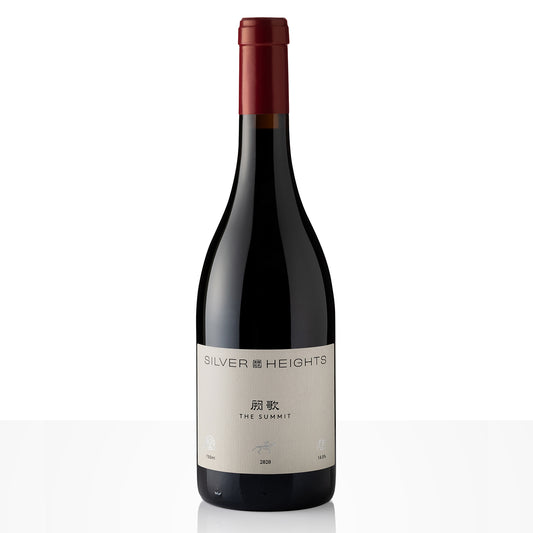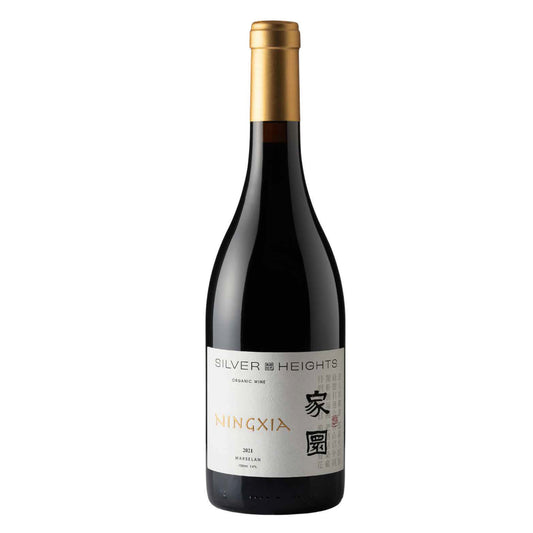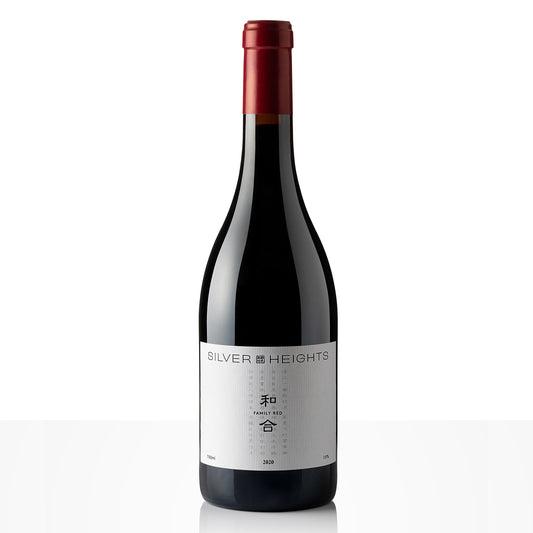Collection: Silver Heights Vineyard 银色高地酒庄
SILVER HEIGHTS VINEYARD, leading the way for biodynamic viticulture and minimal-intervention winemaking in China, is now ready to launch their newest collection of Natural Wines: Jiayuan 家园. Three single-varietal cuvées have been produced created in very limited quantity (less than 3000 bottles each), using an extremely purist approach to winemaking that focuses on wild- yeast fermentation, no filtration, and minimal sulfur.
“From the early days, we have always been guided by the ancient wisdom of Jieqi (节气) solar terms, and we also used organic practices to avoid chemicals and artificial pesticide. Now since 2017, our estate fully embraces biodynamic farming. Celebrating our passion for minimal-intervention winemaking, the Jiayuan collection strives to express the raw beauty of our eco-system. By cultivating harmony with the seasons, encouraging the transformations that nature brings forth, we nurture energy and vitality throughout our vines for it to be expressed in every bottle.” Emma Gao
Owner and winemaker of Silver Heights Vineyard, Emma Gao has been a pioneering figure of China’s modern wine scene. Raised in Ningxia, her father taught her to appreciate the potential for the area’s unique terroir and agriculture. She studied in Bordeaux, obtaining the prestigious Diplome National d’Oenologue, and went on to visit many of the world’s top wine regions. Returning to Yinchuan in 2007, her family launched Silver Heights Vineyards, making artisanal wines that demonstrated craftsmanship, integrity and passion. They used organic viticulture principles to farm their tiny family farm, while
also partnering with additional farmers, sharing best practices. Eventually their singular attention to quality and authenticity would help bring critical acclaim to Ningxia as China’s premier wine growing region.
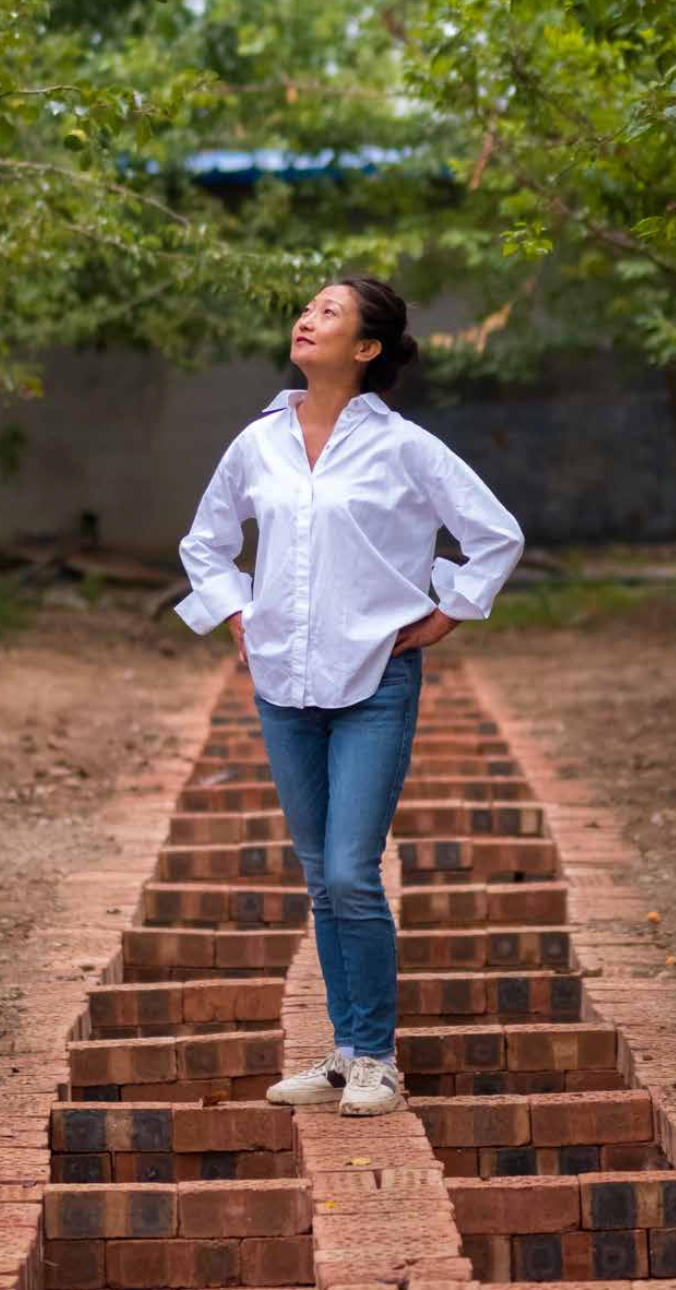
-
Most wineries are built around the eastern foothills of the Helan Mountain range, including large stakeholders such as Pernod Ricard (Helan Mountain), Château Changyu (Moser XV) and Moët Hennessy (Chandon China), as well as boutiques such as Silver Heights and Kanaan Winery. Cabernet Sauvignon and Merlot are the most planted varieties here, along with Cabernet Gernischt, Syrah, Marselan, Chardonnay and Riesling. There are great conditions – the dry climate means low threat of fungus or rot – as well as challenges for viticulture. The high temperature contrast between day and night leads to balanced ripeness and acidity in the grapes, and the well-drained and stony soil encourages the vine to preserve nutrients for growing the grapes, leading to smaller yields of more flavoursome berries.
-
Excerpt from The Chinese Wine Renaissance: A Wine Lover’s Companion.
On the negative side, the winter is long and harsh and vines need to be buried in order to survive. Slower ripening Cabernet Sauvignon may not be the most suitable variety for this region, as the summer is relatively short, although rather successful Bordeaux blends are produced here, typically lighter and less concentrated in style with softer tannins and a herbaceous character. The Ningxia government is very supportive of the wine industry because it helps alleviate regional poverty, and vine planting reduces land desertification. Wines from this area have won prestigious international awards, and attracted investments and tourism to the province.
-
Silver Heights Family Reserve Chardonnay 2021
Regular price £42.00Regular priceUnit price / per -
Silver Heights Jia Yuan Pinot Noir 2020
Regular price £36.00Regular priceUnit price / per -
Silver Heights The Summit 2020
Regular price £69.00Regular priceUnit price / per -
Silver Heights Jia Yuan Marsalan 2021
Regular price £36.00Regular priceUnit price / per -
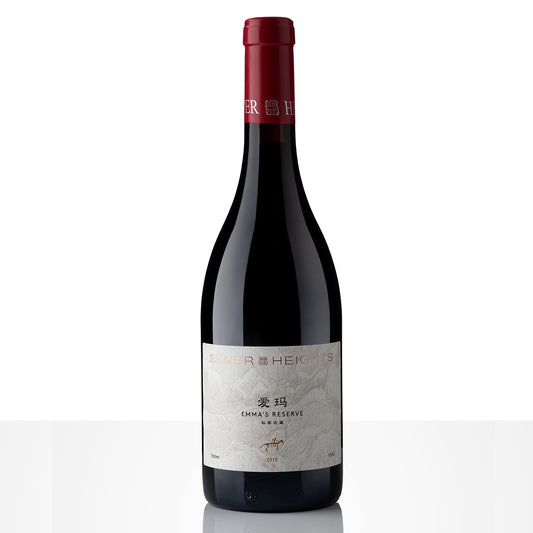 Sold out
Sold outSilver Heights Emma Reserve 2018
Regular price £125.00Regular priceUnit price / per -
Silver Heights Family Reserve Red 2020
Regular price £42.00Regular priceUnit price / per

